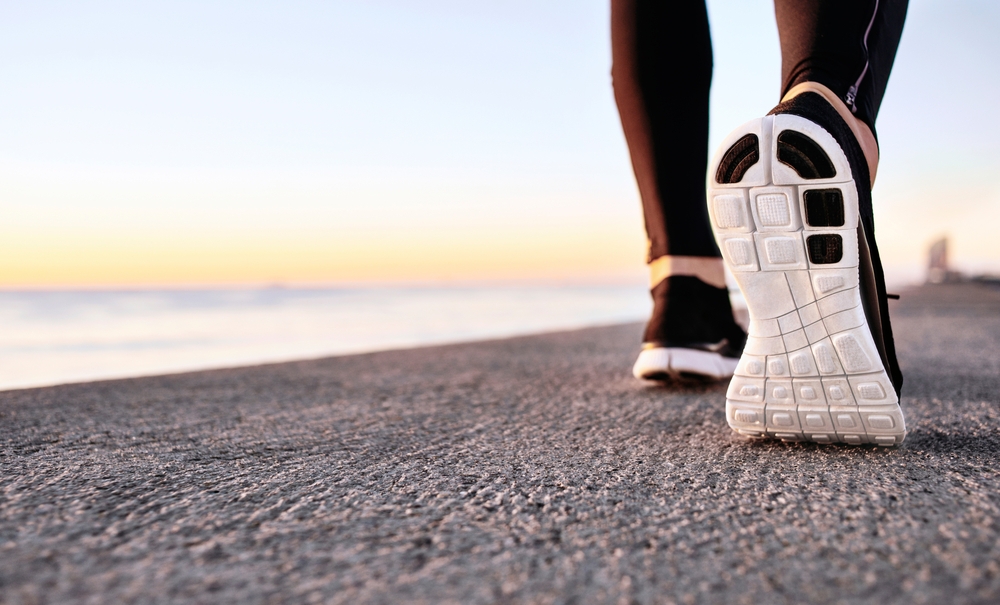
We all know that increasing exercise has many benefits, not only helping to lose weight, but also helping to reduce cholesterol, improve blood pressure, decompress and relax, and improve mood.
For patients with hyperglycemia or diabetes, more exercise is especially helpful to control blood sugar. Besides running and swimming, exercise can also be any form you like, such as walking, brisk walking and housework.
So, what about how setting his own sports goals?
At least 150 minutes per week and at least 6,000 steps per day
The World Health Organization recommends that the recommended amount of exercise per adult per week is at least 5 days and at least 30 minutes per day. The American Diabetes Association (ADA) also recommends 150 minutes per week for sugar lovers.
If you have exercised before and have reached the ADA recommended amount of exercise, then stick to it and you have done very well. If you have little exercise or no exercise habits before, you can lower your requirements first.
The latest Dietary Guidelines for Chinese Residents (2016 Edition) point out that Chinese residents can exercise up to 6,000 steps a day, which is beneficial to their health. For friends who need to control blood sugar through exercise, it is also recommended to ensure at least 6,000 steps a day.
The amount of exercise of 6,000 steps per day can also be adjusted at one time or separately according to one’s living habits.
Previous studies have found that there is no significant difference between the effect of splitting several times to finish the exercise and one breath. If you are weak, you can completely divide the 6,000 steps into 2,000 steps in the morning, 2,000 steps at noon and 2,000 steps at night.
If you didn’t have what’s exercise habits before, you can start to try exercise step by step: reduce the daily exercise target of 6,000 steps to 5,000 steps or 4,000 steps, and then slowly increase it to 6,000-10,000 steps.
Note that when we talk about 1,000 steps here, we are not taking 1,000 steps casually, but one [thousand step equivalent].
One thousand steps equivalent is about equivalent to walking for 10 minutes at a speed of 4 kilometers per hour (walking 200 meters in 3 minutes).
What should I do if I don’t like to walk or can’t walk?
Try the 1 000 Step Motion Replacement Method
Apart from walking, there are many other forms of exercise, even housework, which can be converted into one thousand steps equivalent. For example, nine minutes of hand washing is equivalent to one thousand steps of exercise.
The exercises listed below all belong to moderate exercise intensity and are more suitable for people who want to control blood sugar.
- Medium speed (4km/h) walking/downstairs, 10 minutes slow upstairs, 6 minutes hand washing, 9 minutes sweeping and mopping, 9 minutes outdoor play with children, 8 minutes cycling (12 ~ 16km/h), 8 minutes Taijiquan, 8 minutes table tennis, 8 minutes square dance, 5 minutes aerobics, 7 minutes
Everyone can choose and superimpose different activities according to their living habits. For example, walking for 20 minutes in the morning reaches 2,000 steps, washing clothes for 10 minutes in the morning reaches 1,000 steps, sweeping the floor for 10 minutes reaches 1,000 steps, and dancing in the square for 10 minutes at night reaches 2,000 steps, which adds up to the goal of 6,000 steps a day.
How is it? Is it simpler than imagined?
You may not have exercised for a long time. It doesn’t matter. Remember one thing: a little change can slowly improve your health. Start with the form of activities you like and can stick to. Slowly increase your exercise time, and you will find that you are stronger, in a better mood and willing to move more.
Let’s give it a try from today on!
